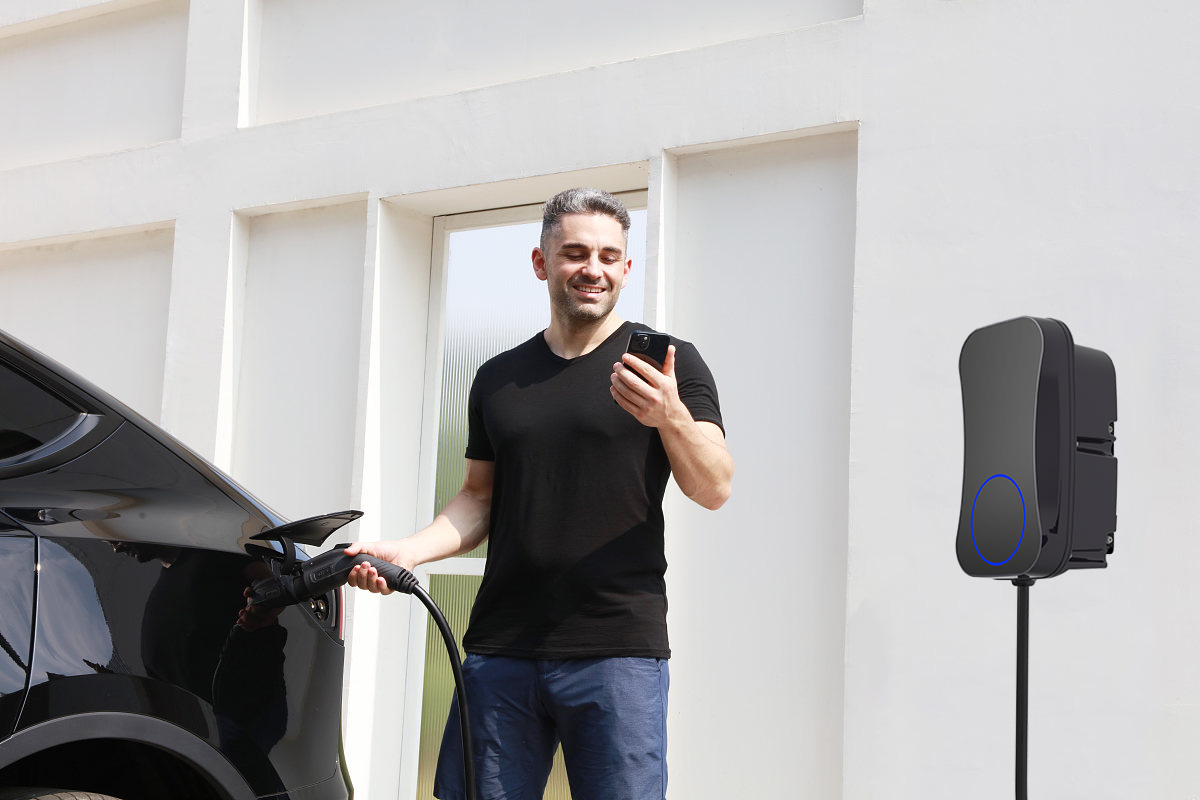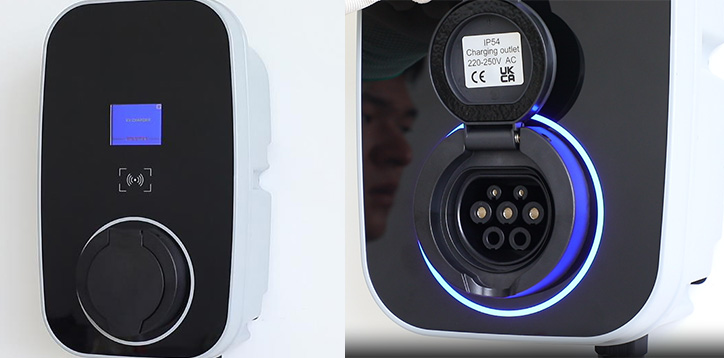What Is Plug & Charge, And How Does It Affect Public EV Charging? If you’re an EV owner who doesn’t drive a Tesla or have access to the Supercharger network like Ford owners, chances are you’ve had to swipe your card at some point when using a public charging station. Setting up different accounts and payment details for the litany of charging networks out there can get pretty tedious. A public charging-centric technology called Plug and Charge seeks to eliminate that headache and make paying for charging more secure and convenient.
The Plug and Charge tech dictates that once you pull up to an EV charger and plug in, it automatically starts charging without the driver needing to jump through any extra hoops. The driver is then automatically billed to an account that’s set up through the specific automaker of the driver’s car. Both the car and charger need to be compatible for Plug and Charge to work. The communication between the EV and the charger is encrypted through the International Organization for Standardization document ISO 15188. That ensures automakers and charging networks utilizing Plug and Charge are on the same page when it comes to information security.
It’s worth noting that Plug and Charge is not a future plan. It’s already in operation across a variety of automakers and charging networks. It has not, however, been standardized across the entirety of the automotive industry or every charging network.
Post time: Mar-01-2024



